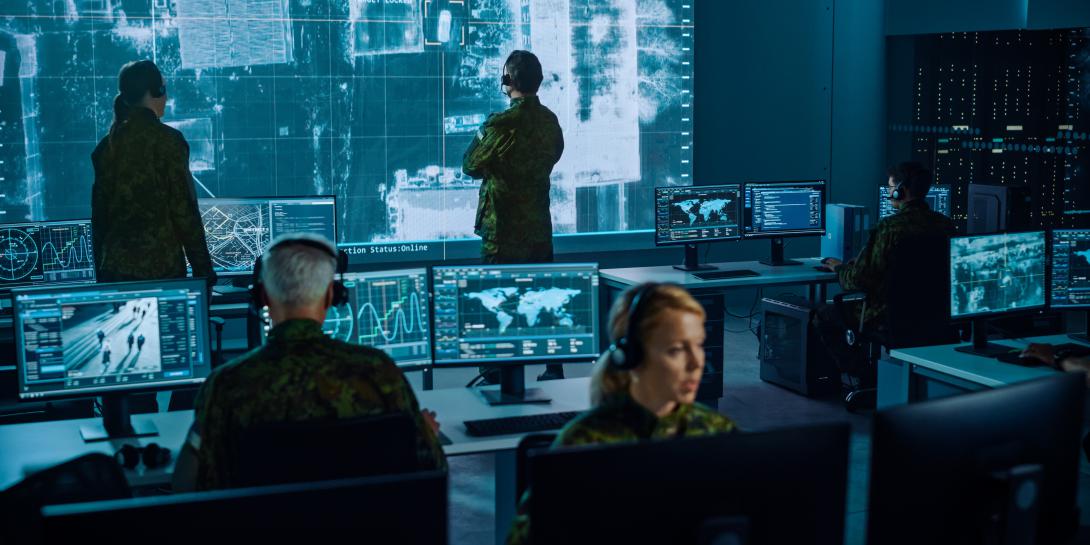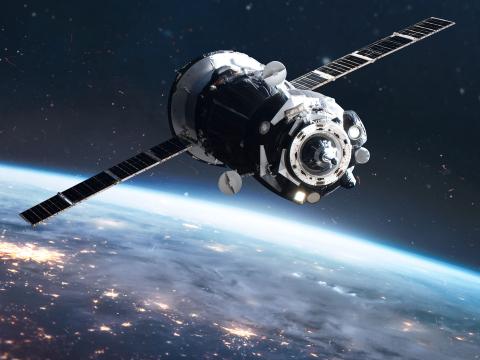Closing Capability Gaps to Improve Warfighters’ Real-Time Situational Awareness
As technology accelerates all aspects of modern life, from business to warfare, the need for real-time situational awareness has become critical.
As technology accelerates all aspects of modern life, from business to warfare, the need for real-time situational awareness has become critical.
But several hurdles must be cleared to achieve this level of awareness, specifically the need to avoid or close any capability gaps and the ability to scale.
“When you get to the heart of it, when we’re talking about real-time situational awareness, we are talking about mission,” David Erickson, senior director for solutions architecture at Elastic told Robert K. Ackerman, SIGNAL Magazine’s editor in chief during a SIGNAL Media Executive Video interview.
For warfighters, an important part of achieving this goal is getting the most pertinent and relevant information to commanders and other decision makers. This applies to analytics about a range of factors, from the location of enemy forces to logistics aspects and the cyber threat environment.
Many of the existing capability gaps in the DoD’s situational awareness “are of our own creation,” Erickson said. This is because there are many data silos in the military performing specific roles.
“These are good systems” he said, but because they are separated from each other it can be very difficult for someone who is in the field to build an operational picture.
Erickson sees closing these capability gaps as something happening in the field with firms like Elastic working with warfighters to shorten OODA (observe, orient, decide, act) loops.
This is one of Elastic’s strengths: working with multiple platforms to handle data more efficiently for users. “Finding a way to get that situational awareness and make our decisions faster is not just about business decisions, but its also about the way we make software and the way we roll out programs,” he said.
Geospatial data is also important because it includes location monitoring capabilities such as Blue Force Tracker and supply chain management tools to help warfighters. Logistics and supply chains are especially important, Erickson said, adding that understanding this support infrastructure is secure and well understood.
This understanding also helps identify and close capability gaps for warfighters. “We have the data, [but] sometimes we just have to put it in the right hands,” Erickson explains.
Another consideration is the ability to scale capabilities up or down to meet operational requirements. Part of this involves determining a particular mission, how to roll out platforms at scale, and quickly training personnel, he added.
Finally, ensuring that program teams collaborate using nonproprietary data “can play a big role in ensuring that the mission scales, not just the technology,” Erickson said.





Comments